Jbl Harman Powered Subwoofer SUB260P User Manual
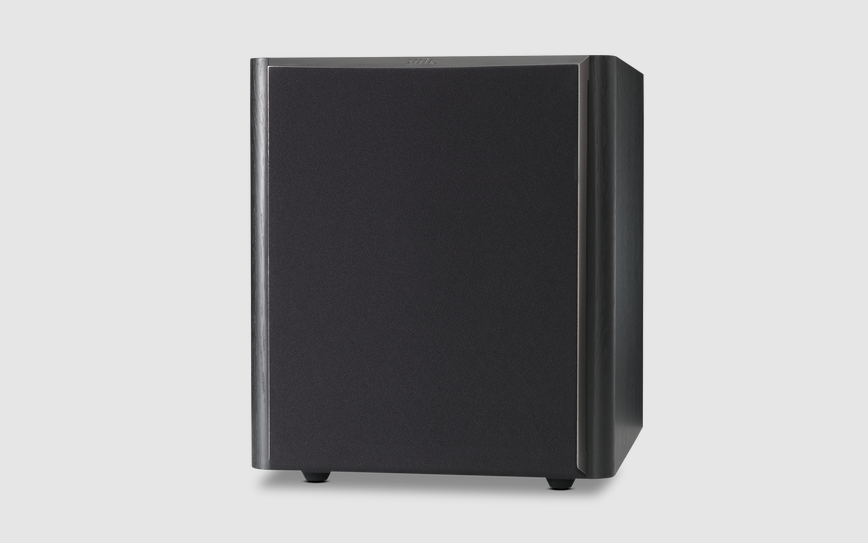
Content
JBL Harman Powered Subwoofer SUB260P Introduction
A PolyPlas cone transducer and built-in high-performance amplifier that deliver the powerful, dynamic and accurate low-frequency performance that makes your film soundtracks and music come alive. And with line-level and LFE inputs, adjustable crossover and phase controls and automatic turn on/off, it is also simple to connect and set up.
We’re confident that this JBL subwoofer will provide every note of enjoyment that you expect – and that when you think about purchasing additional audio equipment for your home, car or office, you will once again choose JBL products.
The JBL SUB260P is priced at approximately $399.95
INCLUDED ITEMS
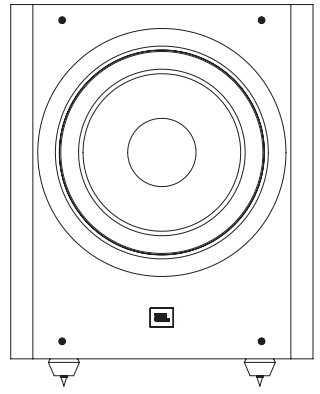
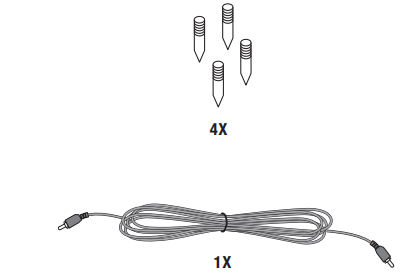
Specifications
The JBL Harman Powered Subwoofer SUB260P boasts several key features that make it a standout in its class:
- Amplifier Power: 260W RMS
- Driver Size: 10 inches
- Frequency Response: 30Hz - 120Hz
- Crossover Frequency: Adjustable from 80Hz to 120Hz
- Connectivity: XLR and 1/4" TRS inputs, XLR link output
- Enclosure Type: Bass reflex
- Weight: Approximately 25 lbs
- Dimensions: 14.5 x 13.5 x 15.5 inches
REAR-PANEL CONTROLS AND CONNECTIONS
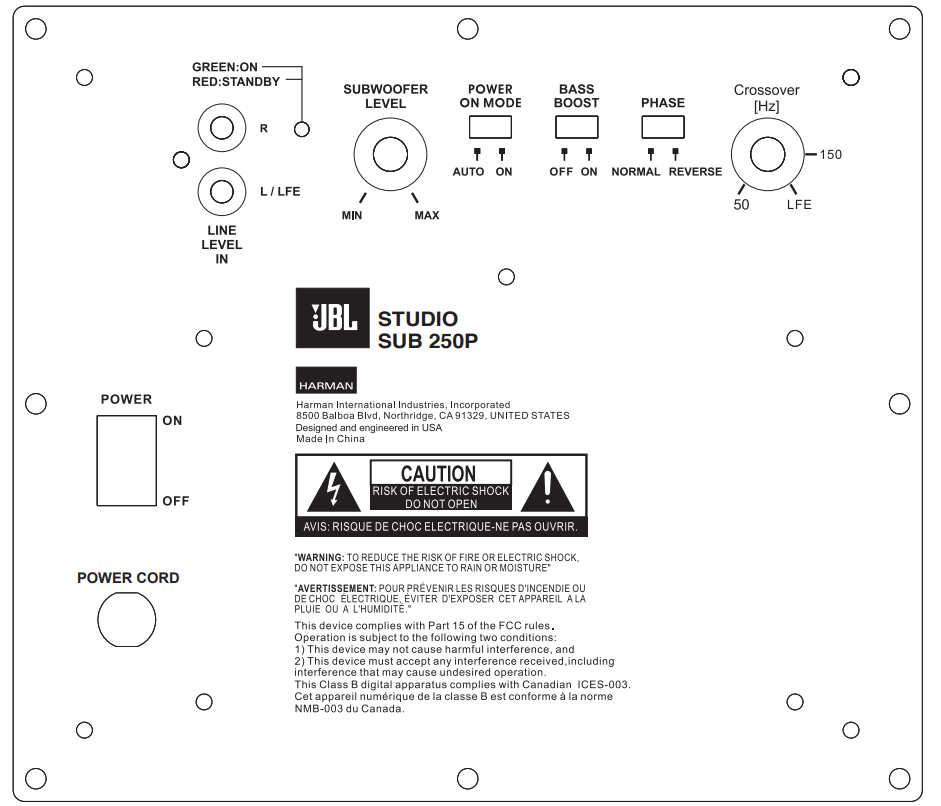
- Crossover Control: This control determines the highest frequency at which the subwoofer reproduces sounds. The higher you set the Crossover control, the higher in frequency the subwoofer will operate and the more its bass will “overlap” that of the speakers. This adjustment helps achieve a smooth transition of bass frequencies between the subwoofer and the speakers for a variety of different rooms and subwoofer locations.
- Phase Switch: This switch determines whether the subwoofer transducer's piston-like action moves in and out in phase with the main speakers. If the subwoofer were to play out of phase with the main speakers, the sound waves from the main speakers could partially cancel out the sound waves from the subwoofer, reducing bass performance and sonic impact. This phenomenon depends in part on the placement of all the speakers relative to the listening position and to each other in the room.
- Bass Boost: When switched to 'On,' this boosts bass level for added low-end power.
- Power On Mode: When switched to the 'Auto' position, the subwoofer will then be in Standby mode. It will automatically turn 'On' when an audio signal is detected at its inputs, and will return to the Standby mode when no audio signal is detected by its inputs after approximately 10 minutes. Otherwise, the subwoofer will always remain powered until the Power Switch is turned ‘Off.’
- Subwoofer Level: Use this control to adjust the subwoofer’s volume. Turn the knob clockwise to increase the volume; turn the knob counterclockwise to decrease the volume.
- On/Standby LED: When the Power switch is in the ‘On’ position, this LED indicates whether the subwoofer is in the On or Standby state.
- When the LED glows green, the subwoofer is turned on.
- When the LED glows red, the subwoofer is in the Standby mode.
- Line In/LFE Input Connectors:
- When you’re connecting the subwoofer to the dedicated subwoofer output of a receiver/processor that has its own low-pass crossover network, use the LFE Input connector.
- When you're connecting the subwoofer to the preamp or subwoofer outputs of a receiver/processor that does not have its own low-pass crossover network, use both Line In connectors and set the Input Mode switch in the ‘Normal’ position. If your receiver/processor only has one subwoofer output you can use either Line In connector.
- Power Switch: Set this switch in the ‘On’ position to turn the subwoofer on.
If you will be away from home, or will not be using the subwoofer for an extended period, set this switch in the ‘Off’ position to conserve energy. - Power Cord: After you have made and verified the subwoofer’s input connections, plug the power cord into an active, unswitched electrical outlet for proper operation of the subwoofer.
DO NOT plug the power cord into the accessory outlets found on some audio components.
PLACING THE SUBWOOFER
The performance of a subwoofer is directly related to its placement in the listening room and its physical position relative to the other speakers in the system.
While it is true that in general our ears do not hear directional sounds at the low frequencies where subwoofers operate, when installing a subwoofer within the limited confines of a room, the reflections, standing waves and absorptions generated within the room will strongly influence the performance of any subwoofer system. As a result, the specific location of the subwoofer in the room does become important to the amount and quality of bass that is produced.
For example, placing the subwoofer next to a wall generally will increase the amount of bass in the room; placing it in a corner (1) generally will maximize amount of bass in the room. However, corner placement can also increase the destructive effect of standing waves on bass performance. This effect can vary depending on the listening position – some listening positions may yield very good results while others may have far too much (or too little) bass at certain frequencies.
In many rooms, placing the subwoofer along the same plane as the left and right speakers (2) can produce the best integration between the sound of the subwoofer and that of the left and right speakers. In some rooms, the best performance could even result from placing the subwoofer behind the listening position (3).
We strongly recommend that you experiment with placement before choosing a final location for your subwoofer. One way you can determine the best location for the sub-woofer is by temporarily placing it in the listening position and playing music with strong bass content. Move around to various locations in the room while the system is playing (putting your ears where the subwoofer would be placed), and listen until you find the location where the bass performance is best. Place the subwoofer in that location.
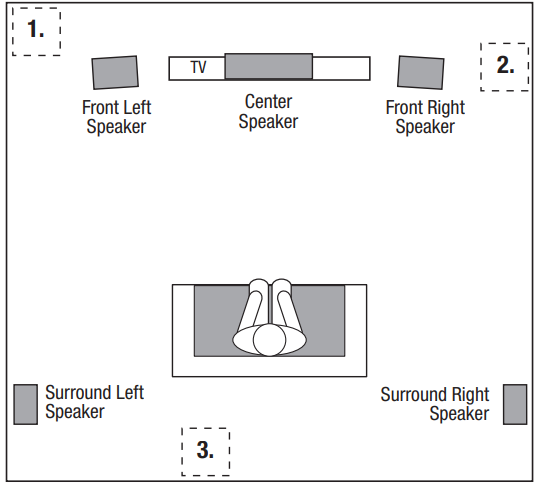
CONNECTING THE SUBWOOFER
TO A RECEIVER OR PREAMP/PROCESSOR WITH A LOW-PASS FILTERED DEDICATED SUBWOOFER OUTPUT
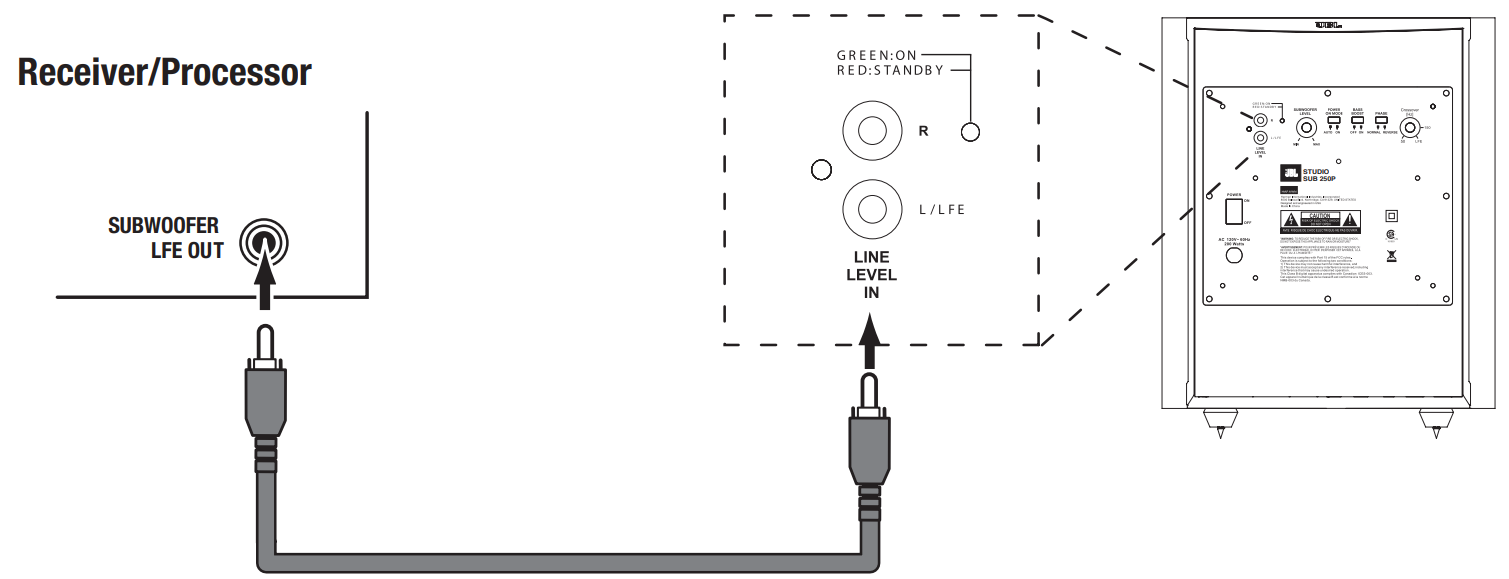
TO A RECEIVER OR PREAMP/PROCESSOR WITH PREAMP OUTPUTS
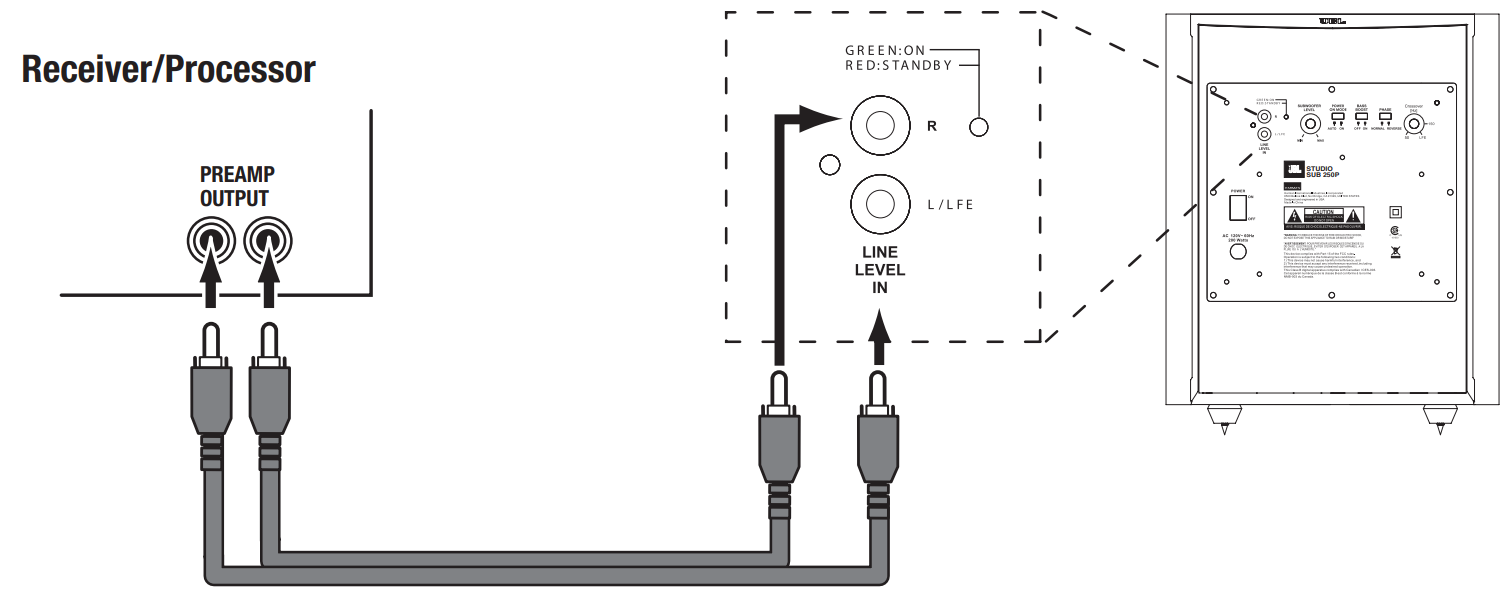
Description
The SUB260P is built with durability and performance in mind. The 10-inch woofer is designed to deliver deep, tight bass with minimal distortion. The subwoofer features a robust bass reflex enclosure that enhances low-frequency response. The adjustable crossover allows for seamless integration with your main speakers, ensuring a balanced sound across all frequencies. The unit also includes XLR and 1/4" TRS inputs for flexible connectivity options, making it versatile for various audio setups.
OPERATING THE SUBWOOFER
TURNING THE SUBWOOFER ON AND OFF
Set the subwoofer’s Power switch to the ‘On’ position. Now set the subwoofer’s Power On Mode to the ‘Auto’ position. The subwoofer will automatically turn itself on when it receives an audio signal, and it will go into Standby mode after it has received no audio signal for approximately 10 minutes. The subwoofer’s LED will glow green when the subwoofer is on and will glow red when the subwoofer is in Standby.
If you will not be using the subwoofer for an extended period – for instance, if you’re going on vacation – set the Power Switch to the ‘Off’ position.
SUBWOOFER ADJUSTMENTS
CROSSOVER CONTROL
The Crossover control adjusts the subwoofer’s built-in low-pass filter crossover between 50Hz and 150Hz. The higher you set the Crossover control, the higher in frequency the subwoofer will operate and the more its bass will ‘overlap’ that of the speakers. This adjustment helps achieve a smooth transition of bass frequencies between the subwoofer and the speakers for a variety of different rooms and subwoofer locations.
To set the Crossover control, listen for the smoothness of the bass. If the bass seems too strong at certain frequencies, try a lower Crossover control setting. If the bass seems too weak at certain frequencies, try a higher Crossover control setting.
VOLUME
Use the Level control to set the subwoofer’s volume. Turn the knob clockwise to increase the subwoofer’s volume; turn the knob counterclock-wise to decrease the volume. Once you have balanced the subwoofer’s volume with that of the other speakers in your system, you shouldn’t have to change the Level control setting.
Notes on Setting Subwoofer Volume:
- Sometimes the ideal subwoofer volume setting for music is too loud for films, while the ideal setting for films is too quiet for music. When setting the subwoofer volume, listen to both music and films with strong bass content and find a ‘middle ground’ volume level that works for both.
- If your subwoofer always seems too loud or too quiet, you may want to place it in a different location. Placing the subwoofer in a corner will tend to increase its bass output, while placing it away from any walls or corners will tend to lessen its bass output.
PHASE
The Phase switch determines whether the subwoofer driver’s piston-like action moves in and out in phase with the speakers. If the subwoofer were to play out of phase with the speakers, the sound waves from the speakers could partially cancel out the waves from the subwoofer, reducing bass performance and sonic impact.
This phenomenon depends in part on the placement of all the speakers relative to each other in the room. Although in most cases you should leave the Phase switch in the ‘Normal’ position, there is no absolutely correct setting for the Phase switch.
When the subwoofer is properly in phase with the speakers, the sound will be clearer and have maximum impact, and percussive sounds like drums, piano and plucked strings will sound more life-like. The best way to set the Phase switch is to listen to music that you know well and to set the switch in the position that gives drums and other percussive sounds maximum impact.
USING THE SUPPLIED CARPET SPIKES
Four metal spikes are supplied for use when you place the subwoofer on a carpeted surface. Do not use these spikes when placing subwoofer on non-carpeted surfaces.
To insert the spikes:
- Gently lay the subwoofer on its side (not its front or back) on a soft, nonabrasive surface.
- Screw each spike into the threaded insert in each foot. Make sure all four spikes are screwed in completely for stability.
Note: NEVER drag the subwoofer to move it. Always carefully lift the subwoofer and carry it to its new location.
Setup Guide
To set up the JBL Subwoofer SUB260P, follow these steps:
- Place the subwoofer in a corner or against a wall to maximize bass response.
- Connect the subwoofer to your audio system using the XLR or 1/4" TRS inputs.
- Adjust the crossover frequency to match your main speakers' low-frequency cutoff.
- Turn on the subwoofer and adjust the volume to your desired level.
- Fine-tune the settings based on your room acoustics and personal preference.
Troubleshooting
If you encounter issues with your SUB260P, here are some common problems and solutions:
- No Sound: Check all connections, ensure the subwoofer is turned on, and adjust the volume.
- Reduce the volume or adjust the crossover frequency.
- Check for ground loops or electrical interference.
- Ensure proper ventilation and avoid blocking air vents.
- Avoid overdriving the subwoofer as it can cause damage to the driver.
SUB260P Pros & Cons
Pros
- Powerful and clear bass response
- Adjustable crossover for flexible integration
- Durable and robust construction
- Multiple input options for versatility
- Compact design for easy placement
Cons
- Relatively heavy and bulky
- No built-in EQ or room calibration features
- May require additional adjustments for optimal performance
- Pricier compared to some consumer-grade subwoofers
Customer Reviews
Customers have praised the SUB260P for its exceptional bass quality and reliability. Many users have noted that it significantly enhances their audio setup, providing a more immersive listening experience. However, some users have mentioned that it requires careful placement and adjustment to achieve the best results.
Common complaints include the subwoofer's weight and the lack of built-in EQ features, but overall, the feedback has been positive with users appreciating its performance and build quality.
Faqs
What is the recommended placement for the JBL SUB260P?
How do I connect the SUB260P to my existing audio system?
Can I use the SUB260P with my home theater system?
What is the crossover frequency range of the JBL?
Is the JBL Harman suitable for live sound applications?
How do I troubleshoot if there is no sound coming from the JBL Harman Powered Subwoofer SUB260P?
Can I use multiple JBL Subwoofer in my setup?
What are the dimensions and weight of the Powered Subwoofer?
Does the JBL Harman Powered Subwoofer SUB260P have any built-in EQ or room calibration features?
Is the Subwoofer compatible with both balanced and unbalanced connections?
Leave a Comment
